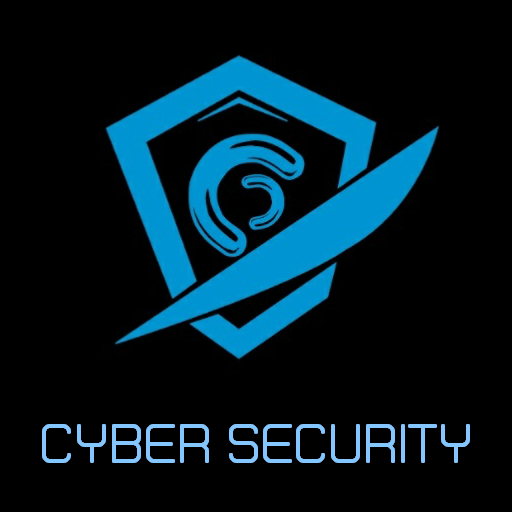How Single Sign-On (SSO) Interacts with Military MFA.
In the high-stakes world of military operations, secure and efficient access to sensitive systems is paramount. Balancing stringent security measures with the need for rapid and streamlined access is a constant challenge. This is where the synergistic relationship between Single Sign-On (SSO) and Multi Factor Authentication (MFA) becomes critical. Understanding how these technologies interact within military environments is essential for maintaining a robust security posture while ensuring operational effectiveness.
The Foundation: Single Sign-On (SSO)
Imagine logging in once and gaining immediate access to all the resources you need that’s the power of SSO. In essence, SSO allows users to authenticate once with a central identity provider and then access multiple applications without needing to re-enter their credentials each time. This streamlines the login process, boosting user productivity and reducing the burden of managing multiple passwords.
For the military, this translates to significant advantages. Soldiers, analysts, and support staff can quickly access critical intelligence, logistical platforms, and communication systems without being slowed down by multiple login prompts. This is particularly crucial in time-sensitive situations where every second counts.
Reinforcing the Walls: Multi-Factor Authentication (MFA)
While SSO offers convenience, it also introduces a single point of vulnerability. If an attacker compromises the SSO credentials, they potentially gain access to all connected applications. This is where MFA steps in as a vital layer of defense.
MFA requires users to provide multiple forms of verification before granting access.
These factors typically fall into three categories:
* Something you know: Password, PIN, security questions.
* Something you have: Smart card, security token, mobile device.
* Something you are: Biometrics (fingerprint, facial recognition).
By requiring multiple verification methods, MFA significantly reduces the risk of unauthorized access, even if one factor is compromised. For example, even if an attacker steals a soldier’s password, they will still need access to their CAC (Common Access Card) or a registered mobile device to gain entry.
The Strategic Alliance: SSO + MFA in the Military Context
The real strength lies in the combined power of SSO and MFA. Here’s how they interact in a military context:
* Enhanced Security: MFA protects the SSO process itself. When a user attempts to access the SSO system, they are prompted for multiple forms of authentication, ensuring only authorized personnel gain access. This safeguards the entire ecosystem of applications connected to the SSO.
* Streamlined Authentication: While MFA adds an extra layer of security, it doesn’t necessarily negate the convenience of SSO. Users still only need to authenticate once (with multiple factors) to access a range of applications. This balance between security and usability is crucial in maintaining operational efficiency.
* Centralized Identity Management: SSO provides a centralized platform for managing user identities and access privileges. When combined with MFA, this system becomes even more robust. Administrators can easily manage user accounts, enforce security policies, and track access attempts from a single location.
* Adaptability to Dynamic Environments: Military environments are often dynamic, with personnel frequently changing roles or locations. SSO and MFA can be configured to adapt to these changes. For example, user access rights can be automatically updated based on their current role, and MFA policies can be adjusted based on location (e.g., requiring stricter authentication for access from public networks).
* Compliance and Auditability: The combination of SSO and MFA helps the military meet strict compliance requirements for data security and privacy. The centralized logging and reporting capabilities of these systems also provide valuable audit trails, allowing for the detection and investigation of security incidents.
Challenges and Considerations:
Despite the benefits, implementing SSO and MFA in the military requires careful planning and execution.
Some key considerations include:
* Interoperability: Ensuring that SSO and MFA systems are compatible with existing military infrastructure and applications is crucial.
* Usability: Strike a balance between security and user experience. Overly complex MFA processes can hinder productivity and lead to user frustration.
* Training: Proper training is essential to ensure that users understand how to use SSO and MFA systems effectively.
* Cost: Implementing and maintaining SSO and MFA systems can be expensive. Careful cost-benefit analysis is required.
* Hardware Security: Protecting the security of hardware tokens and smart cards used for MFA is vital.
Conclusion:
The combination of Single Sign-On and Multi-Factor Authentication offers a powerful solution for securing access to sensitive systems in the military. By streamlining the login process while adding a robust layer of security, these technologies help maintain operational efficiency without compromising national security. As technology continues to evolve, the military must continue to adapt its approach to identity and access management, ensuring that SSO and MFA remain a cornerstone of its security strategy.






